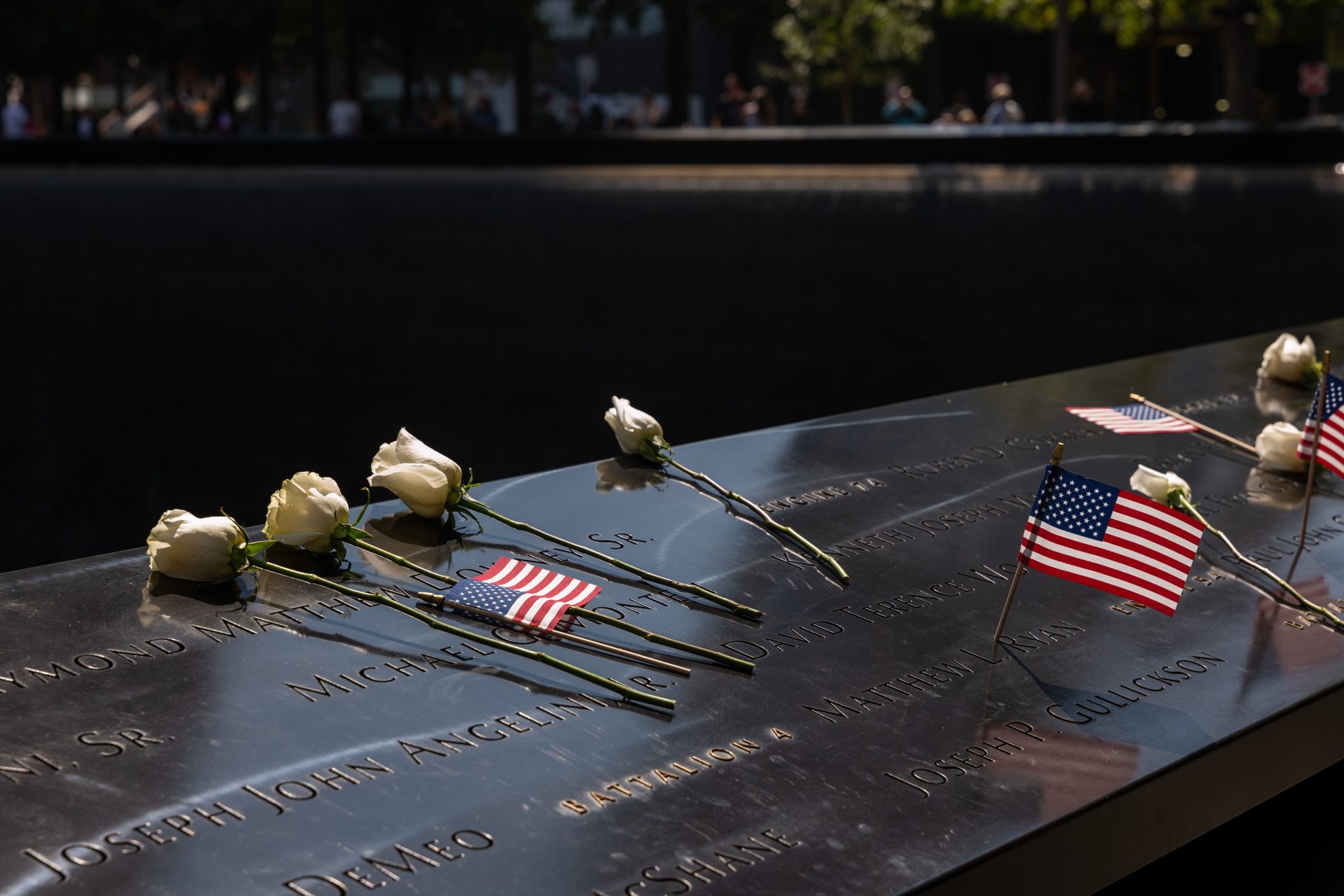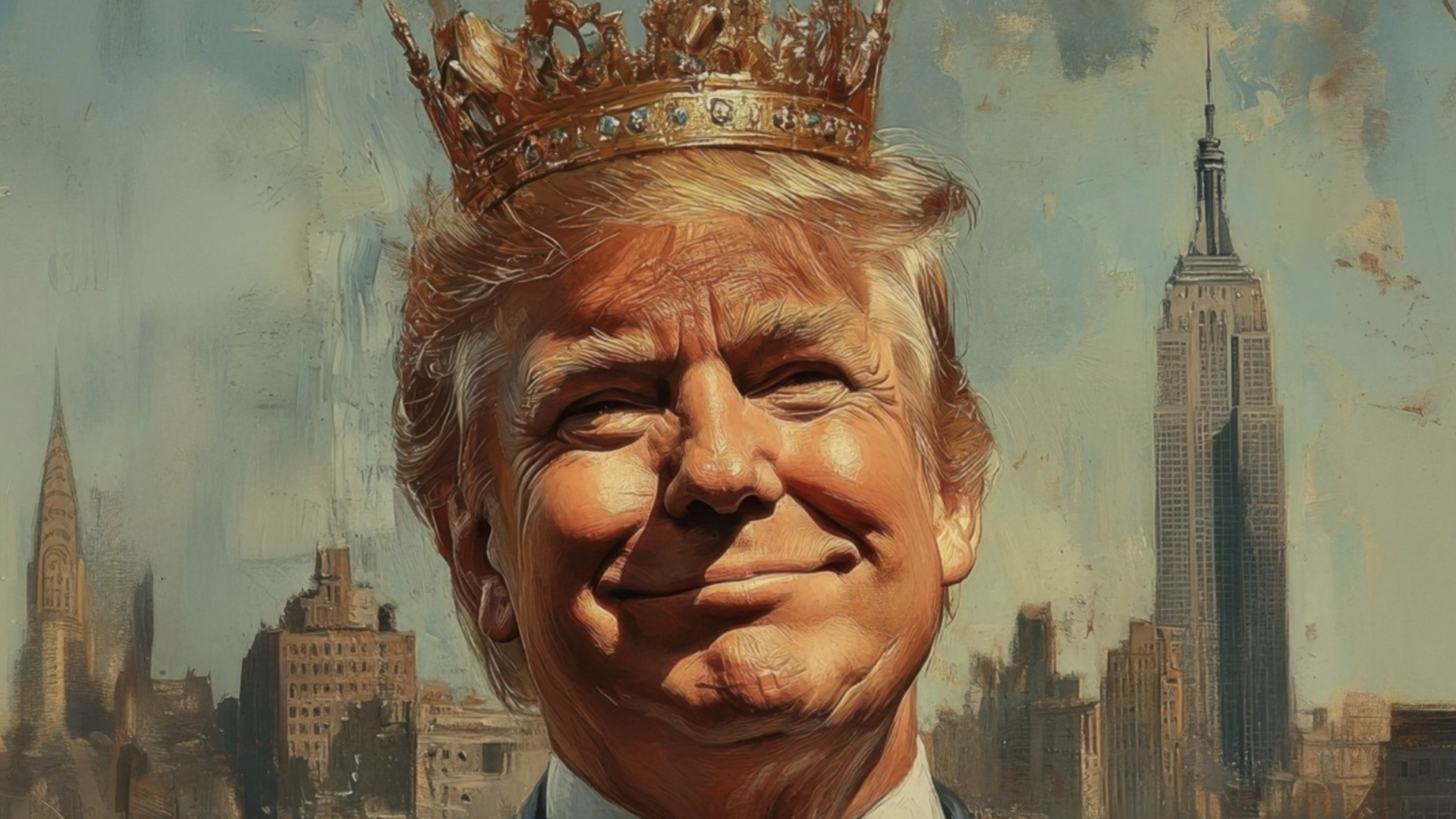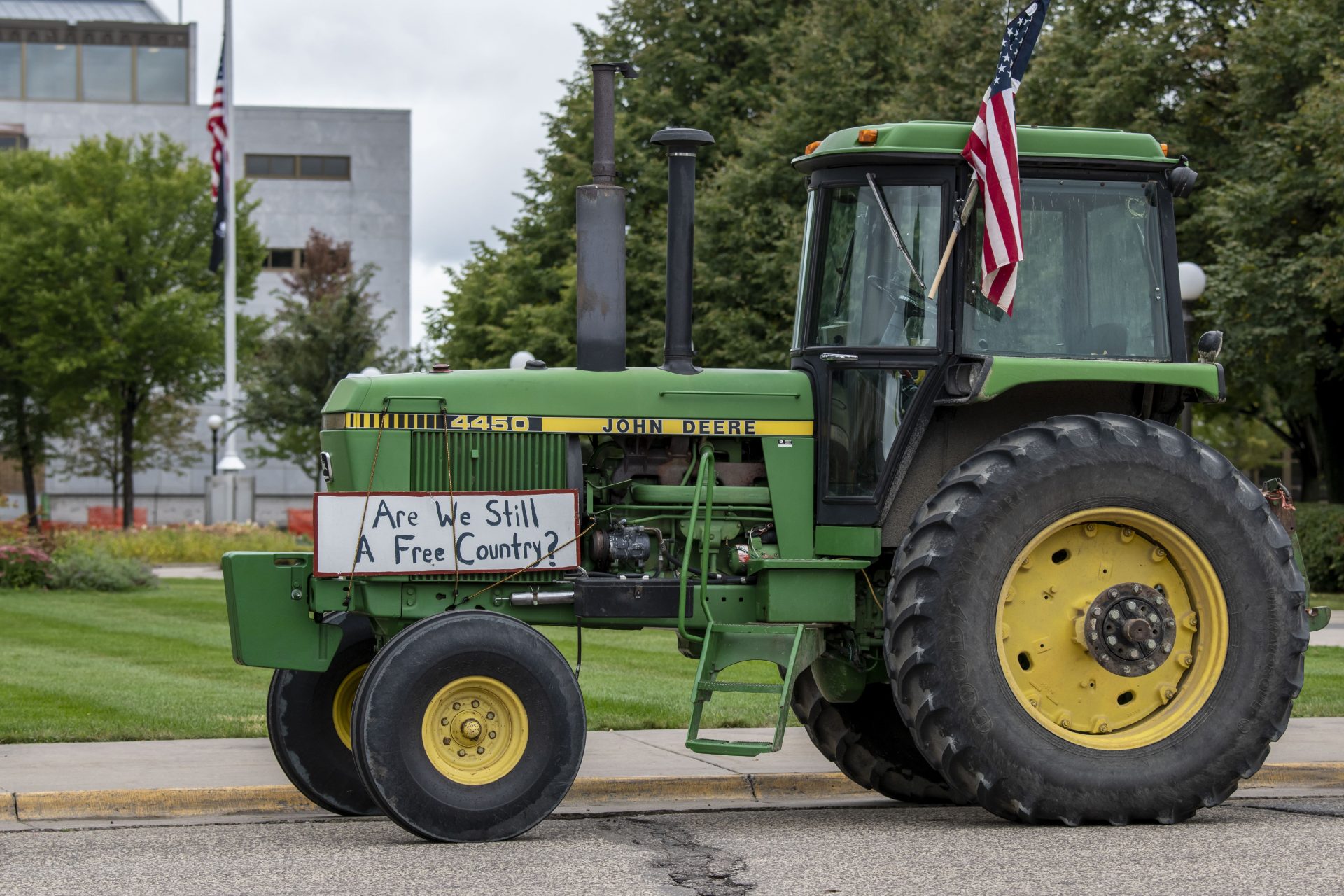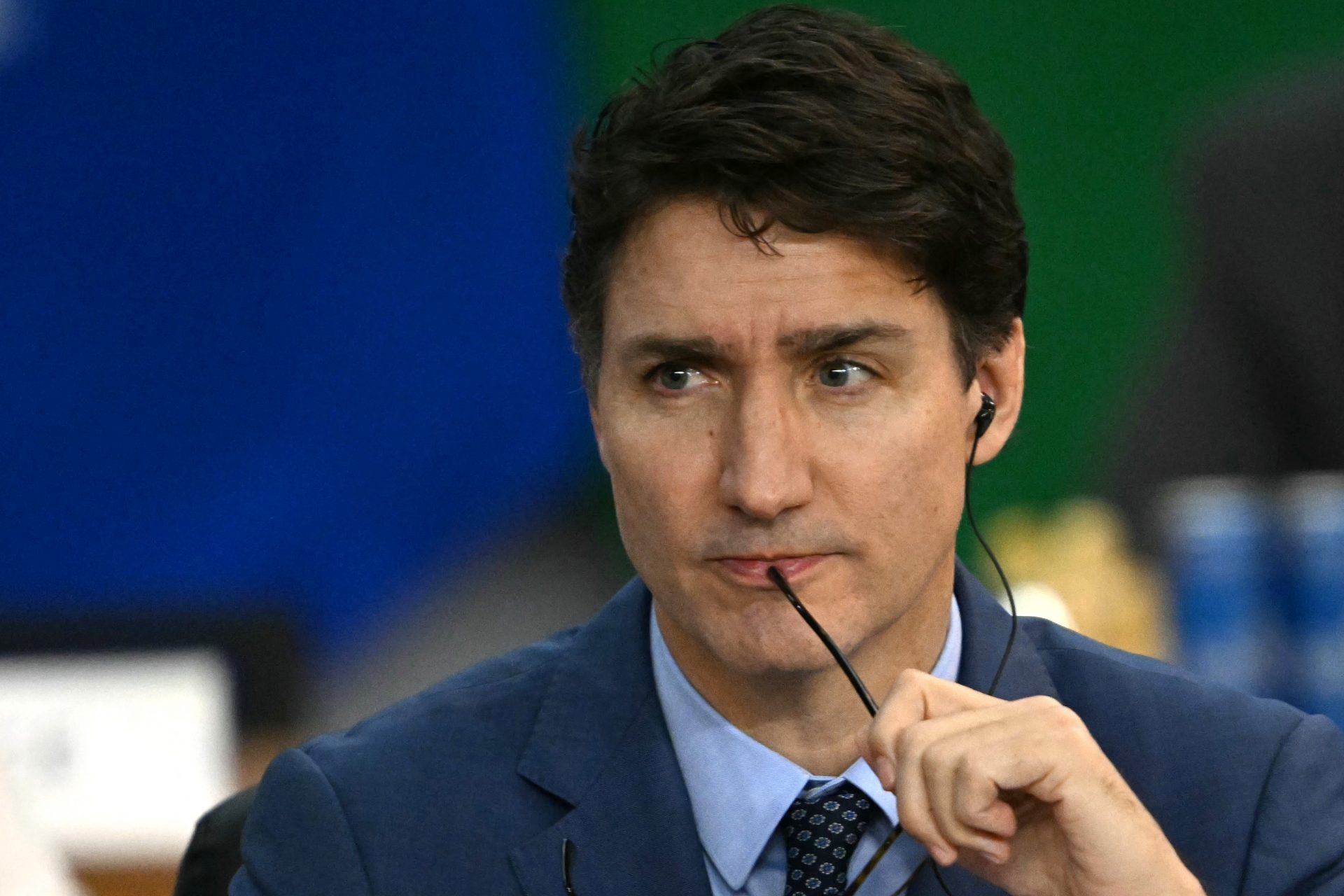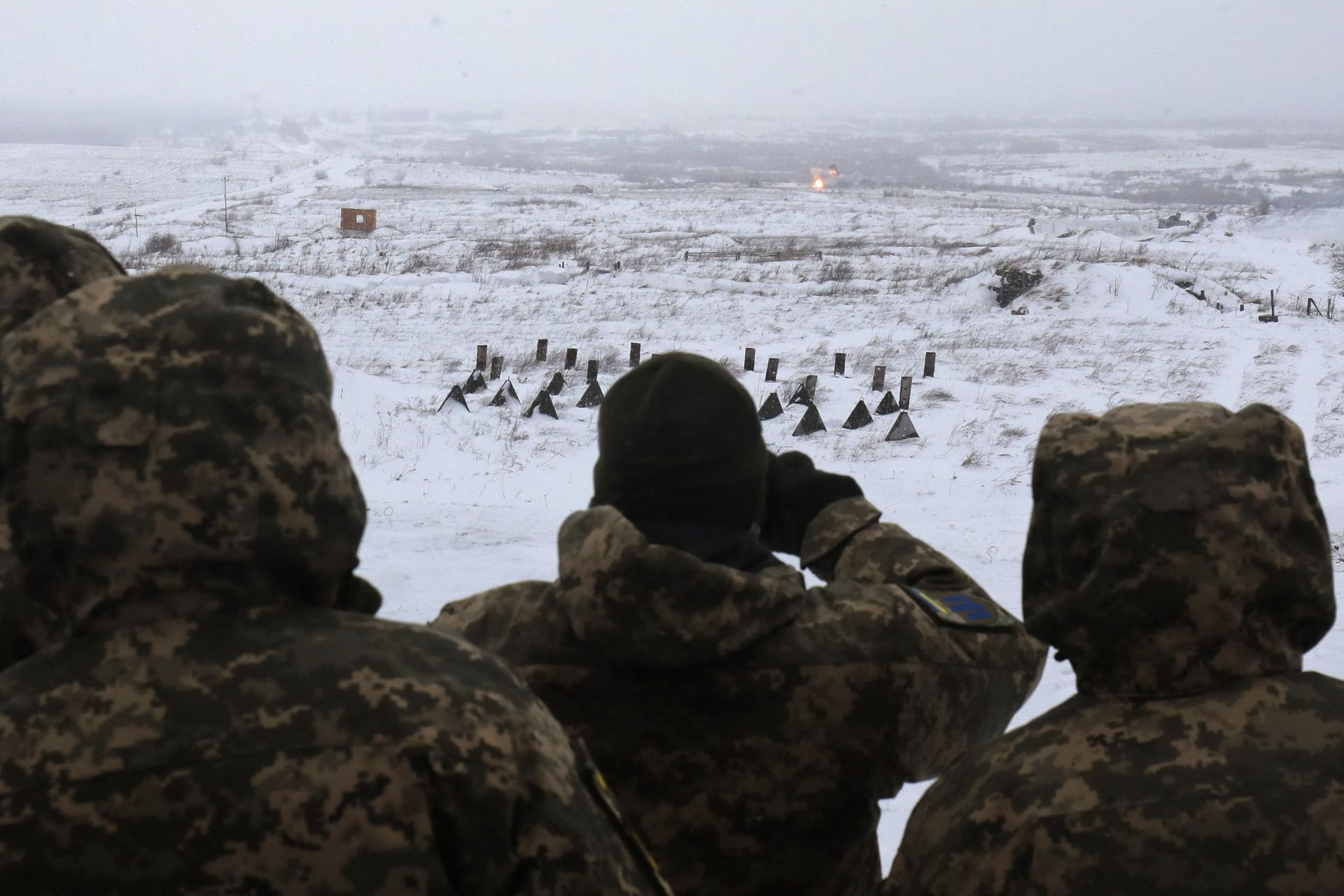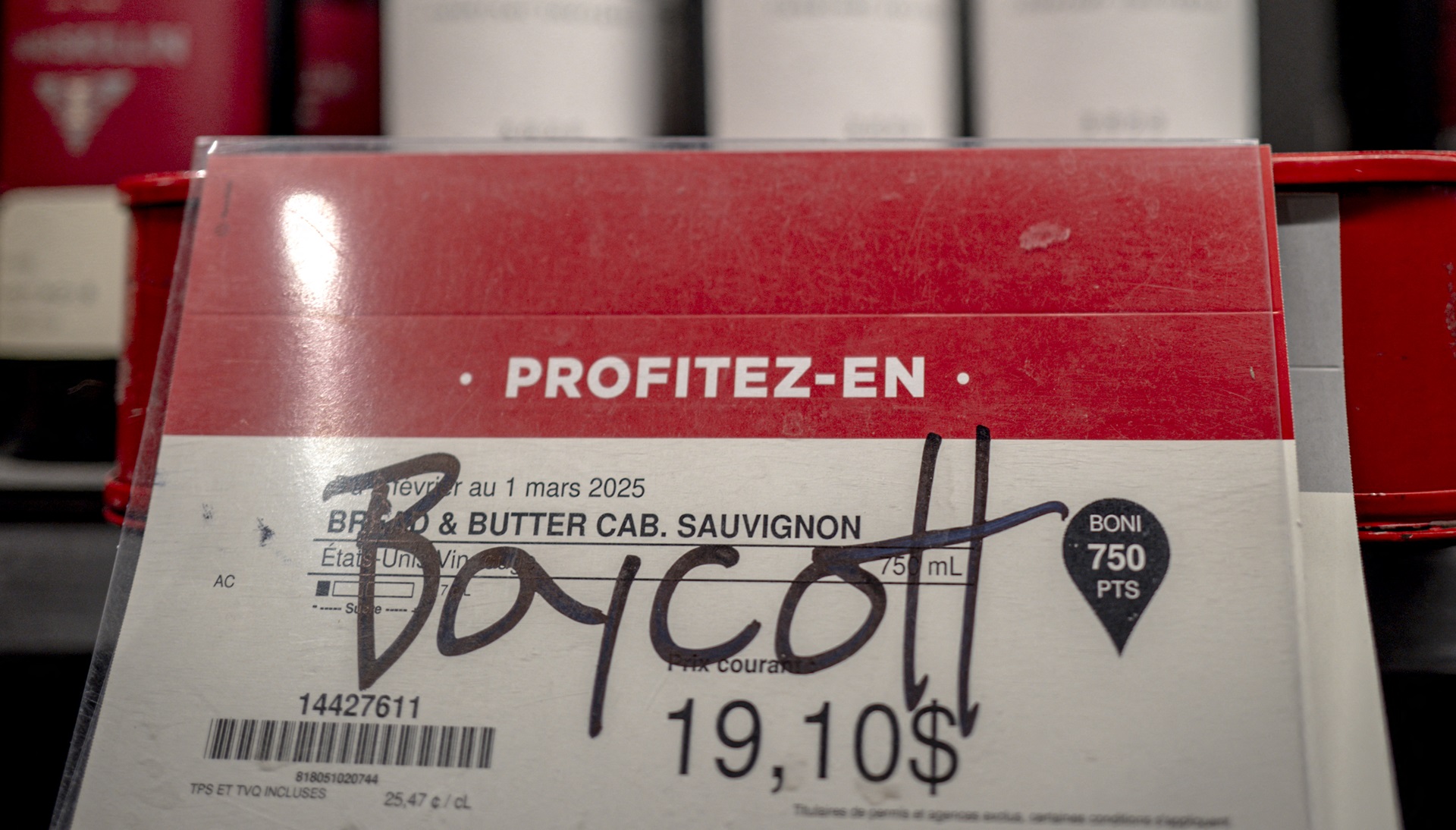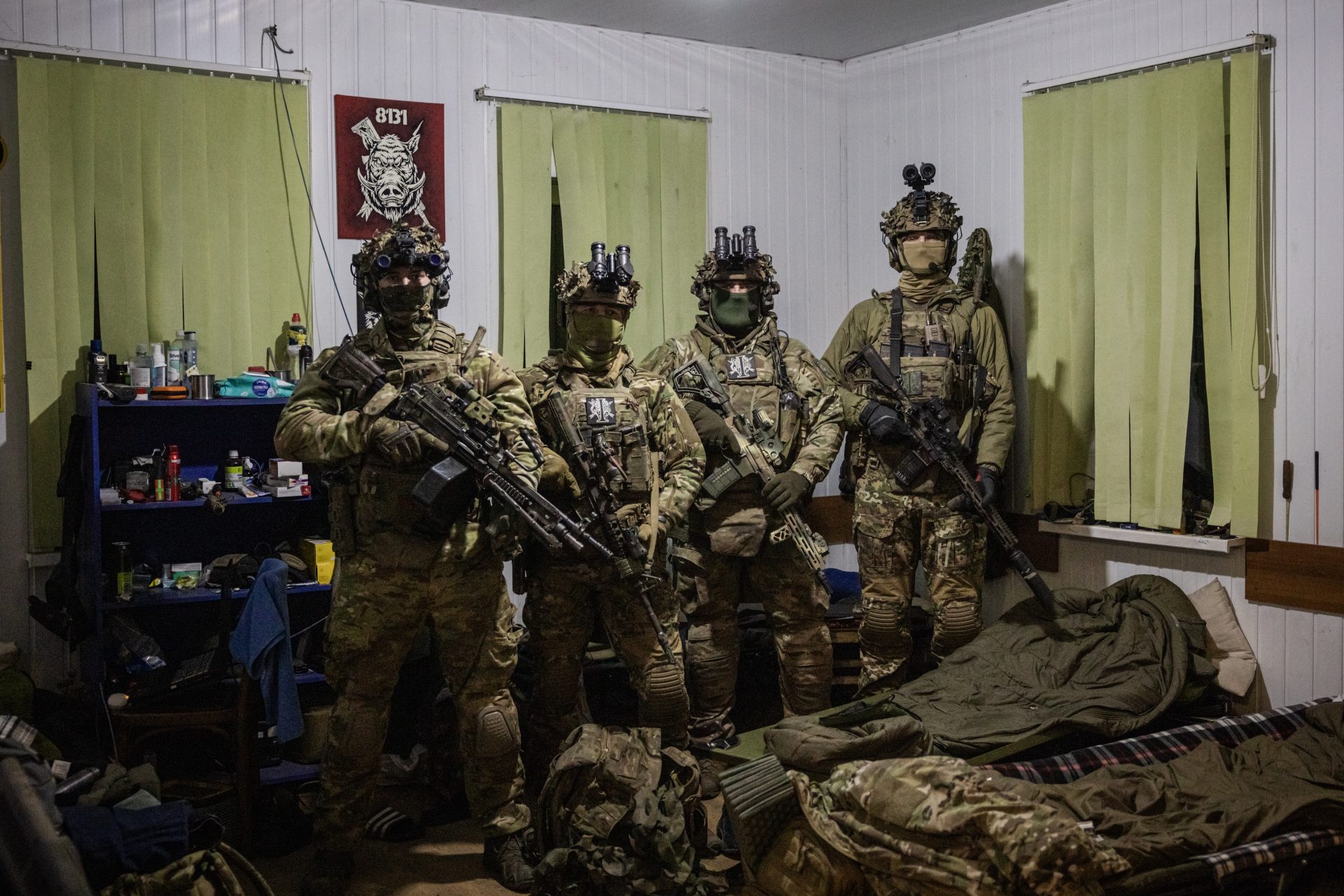Exploring Ground Zero: NYC’s Remarkable Recovery from 9/11
September 11, 2001, remains one of the most traumatic days in American history. Click here to learn about the history of the World Trade Center, the Twin Towers, and how the city rebuilt Ground Zero.
The World Trade Center with its Twin Towers was for years a symbol of New York City and the power of capitalism.
Its fall on 9/11 was therefore equally iconic. But what is the building's history and what happened after it fell into ruins?
When the World Trade Center opened in Lower Manhattan in 1973, its two skyscrapers were the tallest in the West. Both were over 400 metres (1,300 feet) high.
The symbolism of the Twin Towers is clear from the vast number of images with celebrities from all parts of the world against the background of the World Trade Center. For example, Reagan, Bush and Gorbachev (the last president of the Soviet Union) in this image with the iconic skyscrapers behind them.
9/11 wasn't the first terrorist attack on the World Trade Center. In 1993, radical Islamists targeted the building with a bomb attack, placing a van with explosives in the basement of the North Tower. Six people died.
On September 11, 2001 the profile of New York City changed forever. Against all architectural odds, the Twin Towers collapsed into ruins and ash. But the city decided to reinvent that space.
New York is an invincible city that has risen from its ashes on more than one occasion. On the place of the two emblematic skyscrapers, it built One World Trade Center. The tower that is glowing in the image, was originally called the Freedom Tower.
One World Trade Center opened in 2014 and is over 500 meters (1640 feet) high. It took seven years to build and cost $3.9 billion. The architect who created the project is David Childs, a specialist of skyscrapers.
(Image: Andre Benz / Unsplash)
Surrounding the One World Trade Center is an entire commercial and leisure complex. In its gardens, the National September 11 Memorial & Museum is located. The shafts of the foundations of one of the fallen towers have been preserved. They now form a fountain.
(Image: Redd / Unsplash)
Naturally, the names of the 9/11 victims are present in the new memory space and are duly honoured.
New York's Lower Manhattan area has a large number of offices, but there are also houses. At the time of the 9/11 attack, there were about 24,000 people living in Lower Manhattan. More than 4,000 left the neighbourhood after the attacks, but currently the area has approximately 64,000 residents.
After 9/11, some predicted the end of the skyscraper era. They said people would be afraid to work in these tall buildings. This prediction did not come true, although the pandemic did empty a number of offices.
(Image: Luke Stackpoole / Unsplash)
Thanks to incentive policies of the different city administrations, Lower Manhattan's office space has partly been converted into housing.
(Image: Claudio Schwarz / Unsplash)
But there's something else contributing to the reinvention of Ground Zero: it's the Oculus train station (seen here from above), designed by the Spanish architect Santiago Calatrava.
The Oculus Station, where various train lines converge, has a futuristic look typical of Calatrava's works. Its construction has been a little controversial, with the New York Times condescendingly calling it "a place for selfies," while journalists, citizens and politicians have also complained about its high cost.
(Image: Genevieve Perron-Migneron / Unsplash)
Around the One World Trade Center there are other buildings, also tall but not as immense as the one that currently marks the 9/11 Memorial. New York is and will remain a city of skyscrapers.
(Image: Mariano Gilioli / Unsplash)
The city that never sleeps overcame the devastation of 9/11 but does not forget it. From time to time, these two lights in the night are reminiscent of the towers that once marked Manhattan and fell in a brutal attack.
More for you
Top Stories



